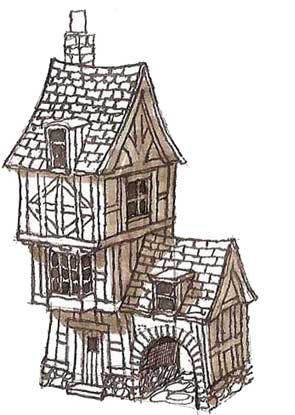
- Draw structures in hivebench how to#
- Draw structures in hivebench pdf#
- Draw structures in hivebench full#
The rest of morning sessions focused on case studies from researchers who not only use digital notebooks in daily practice but also took the lead in the implementation of the ELNs in their research groups and institutes. He finalized his speech with a valuable remark stating that a new digital solution cannot have poorer usability than the existing paper ones.

Then Alastair Dunning, the head of TU Delft Research Data Services and 4TU.Centre for Research Data, took the lead and emphasized that data documentation is a time-consuming process, involving many disjointed jumps such as experimenting, analyzing, indexing and publishing, therefore there is a need for making data documentation smoother. She continued with asking intriguing questions: “What happens when you leave? How can people access the correct version of your data? Is it even easily accessible for you ?” Image from the presentation by Esther MaesĮsther Maes from TU Delft Library opened the event stressing the importance of archiving and that archiving is required not only to minimize the risk of losing data but also to avoid fraud. All of the presentations in this event can be found here: DOI 10.5281/zenodo.1247390. This full-day event was aimed at researchers, students, and supervisors who are interested in making their research digital, and research support staff who want to learn more about ELNs and how could ELNs meet the needs of the researchers. Together all of these do not only decrease research efficiency but also presents challenges to research reproducibility, which is a particularly important issue in the light of the current reproducibility crisis in science.ĭigital notebooks provide a searchable alternative to paper-based traditional notebooks, and additionally offer lots of efficiency-saving integrations – with various cloud storage platforms, calendars and project management tools.ĭigital Notebooks – productivity tools for researchers on 15th of March Furthermore, in a paper notebook, it is impossible to directly link the experimental details to all of the raw, intermediate and final datasets which are mostly digital.

Moreover, paper notebooks mostly could store only a printed copy of the finalized dataset, which is not reusable. As a result, it often becomes very difficult to find the results and details of experiments performed by previous lab members or even just to read and understand the related handwritten notes.
Draw structures in hivebench full#
The main problem with paper-based notebooks is that they are not searchable, especially considering that each researcher typically leaves behind a shelf full of such notebooks.

Many academic researchers use paper notebooks to document all sorts of experimental details ranging from date, purpose, methodology and raw/analyzed data to conclusions. Therefore, it was especially interesting for me to join these events and explore the currently available tools. Currently being the Data Steward at the TU Delft Faculties of Applied Sciences and Mechanical, Maritime and Materials Engineering, my responsibility is to address the data management needs of the researchers at these faculties.

During my PhD study in molecular biology and genetics, I have always felt the need for a digital tool to manage my research data. We were very happy to see the amount of interest in these events, and the inspiring discussions initiated by the participants. Both events attracted a lot of attention nationally and internationally, and the tickets got quickly sold out. The events were organized by the Research Data Services, TU Delft Library.
Draw structures in hivebench how to#
On 15 th and 16 th of March 2018, two events dedicated to Electronic Lab Notebooks (ELNs) took place at TU Delft Library: “ Digital Notebooks – productivity tools for researchers ” and “ Digital Notebooks – how to provide solutions for researchers ?”.
Draw structures in hivebench pdf#
This report is also available in a pdf version on the Open Science Framework: Author: Yasemin Türkyilmaz-van der Velden


 0 kommentar(er)
0 kommentar(er)
